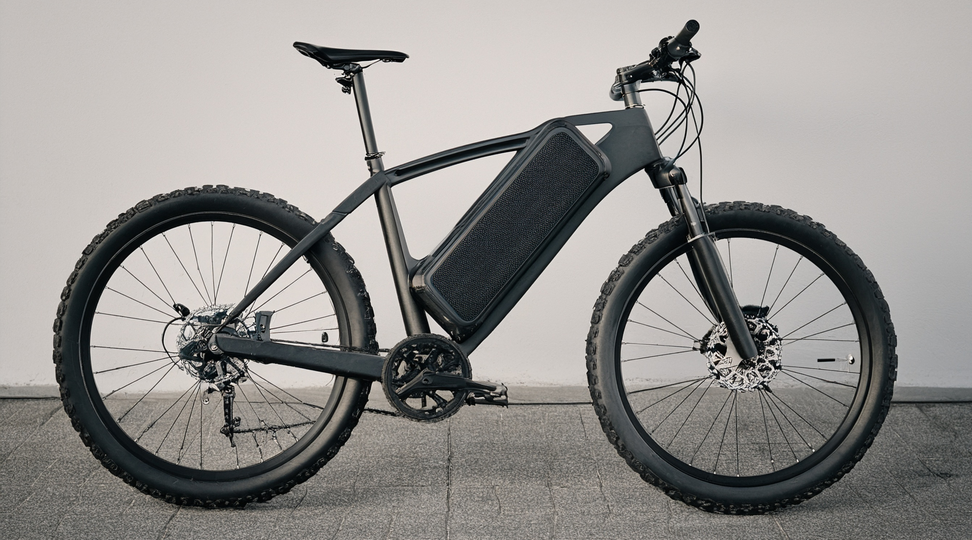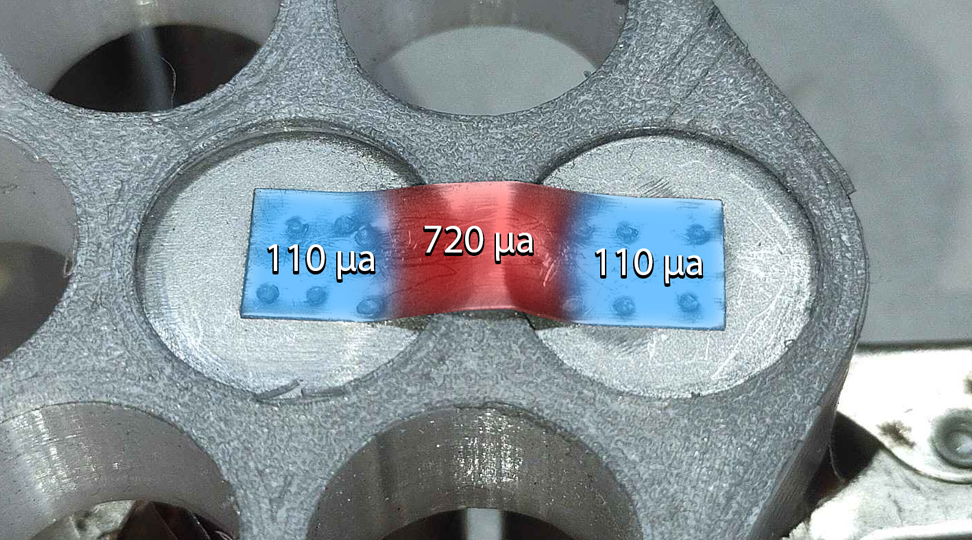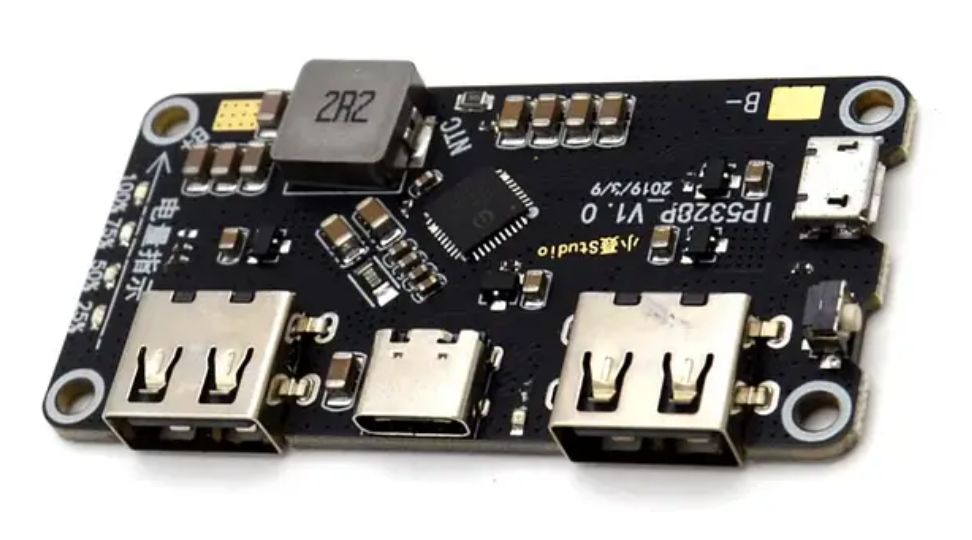
How many amps does it take to charge an ebike battery
Any charge current can be used to charge an e-bike battery, but it’s best to calculate the necessary current based on the time you have available to ensure efficient and safe charging. To find the required current, divide the battery’s capacity in amp hours (Ah) by the available time in hours you have to charge it, using the formula: Current (A) = Capacity (Ah) / Time (hours). This method allows you to tailor the charging current to match your charging window, fully charging the battery within this period without overloading it. If you're planning to build a DIY lithium-ion e-bike battery, check out our other article for more details.
[[ aff type=cta ~ bg=`` ~ main=`18650 Battery Pack Calculator and Planner` ~ second=`Use this autocomplete search functionality to find your specific cell in order to pre-populate the values that we have for that cell.. ` ~ btnText=`BMS Picker` ~ btnLink=`https://cellsaviors.com/pack-planner` ~ align=`center` ]]
Charging an e-bike battery effectively within a certain time frame requires knowing the battery’s capacity, which is measured in Ah (amp hours). This figure indicates how much current the battery can handle over an hour before it is depleted. The process of charging a battery isn't as simple as just connecting it to a power supply; it involves regulating the charge curing and matching it appropriately with the battery's capacity to ensure efficient charging. You might also wonder if you can use a car charger to charge your eBike battery. If so, check out our other article for more details.
Basic Ebike Battery Charging Calculation
The basic premise for charging is that the voltage of the power supply must be higher than that of the battery. However, to charge efficiently and safely, a constant current power supply is used to regulate the flow of current into the battery. For instance, if you have a 10 Ah battery and you charge it using 50 milliamps, it would theoretically take 200 hours to fully charge under perfect linear charging conditions, which is impractical for daily use.
Practical Charging Time
To make practical use of charging time, especially overnight charging, you need to adjust the current accordingly. For a 10 Ah battery charged over 8 hours, a minimum of 1.25 amps (10 Ah divided by 8 hours) is required. This calculation may seem to ensure that the battery charges within the desired timeframe, fully replenishing its capacity without stressing the battery’s capabilities. But there is more to it than that.
Non-linear Charging Considerations
It’s important to note that charging efficiency decreases as the battery approaches full capacity. The last 20% of a battery’s charge takes just as long as the first 80%, due to the charge voltage and battery voltage coming closer together. This should be factored into the charging time to avoid underestimating how long it's going to take.
Increasing Charge Current for Faster Charging
If quicker charging is necessary, the charge current can be increased, as long as you ensure that it remains within the safe limits of the battery’s specifications. For example, charging a 10 Ah battery in 4 hours would require a current of 2.5 amps. You have to consider the capability of your cells and BMS, though. It's possible, for some batteries, that 2.5A is too fast.
Role of the Battery Management System (BMS)
The BMS is critical for safe charging, monitoring the battery’s voltage, current, and temperature. It prevents damage by controlling the charge state and ensuring the battery operates within safe limits. The BMS can cut off charging if the charge current is too high, so that's another thing to consider.
So, How Many Amps Does It Take To Charge An Ebike Battery?
To calculate the required charging current (in amps) for an e-bike battery, use the formula: Current (A) = Capacity (Ah) / Time (hours). For example, a 10 Ah battery needs at least 1.25 amps to charge over 8 hours, or 2.5 amps to charge in 4 hours. Consider the efficiency losses as the battery nears full capacity, which might necessitate a slightly higher current to achieve a full charge within the desired time. Always ensure the charging current does not exceed the battery's or the Battery Management System (BMS)'s safety limits to prevent damage. You can also explore useful articles such as how to attach a BMS to a battery or whether you need a special charger for a lithium battery to expand your knowledge.
We hope this article helped you learn how many amps it takes to charge an ebike battery. Thanks for reading!


